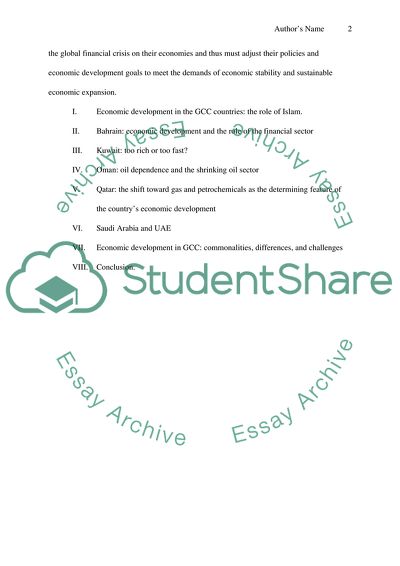Cite this document
(“Economic Development in The GCC States Term Paper”, n.d.)
Economic Development in The GCC States Term Paper. Retrieved from https://studentshare.org/macro-microeconomics/1735068-term-paper-on-economic-development-in-the-gcc-states
Economic Development in The GCC States Term Paper. Retrieved from https://studentshare.org/macro-microeconomics/1735068-term-paper-on-economic-development-in-the-gcc-states
(Economic Development in The GCC States Term Paper)
Economic Development in The GCC States Term Paper. https://studentshare.org/macro-microeconomics/1735068-term-paper-on-economic-development-in-the-gcc-states.
Economic Development in The GCC States Term Paper. https://studentshare.org/macro-microeconomics/1735068-term-paper-on-economic-development-in-the-gcc-states.
“Economic Development in The GCC States Term Paper”, n.d. https://studentshare.org/macro-microeconomics/1735068-term-paper-on-economic-development-in-the-gcc-states.


